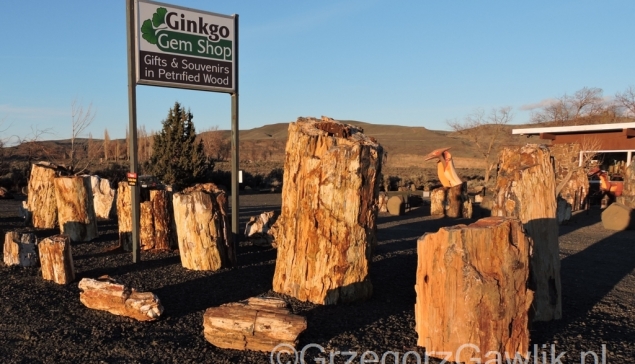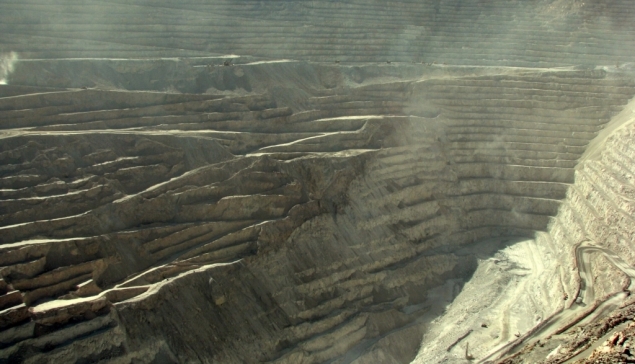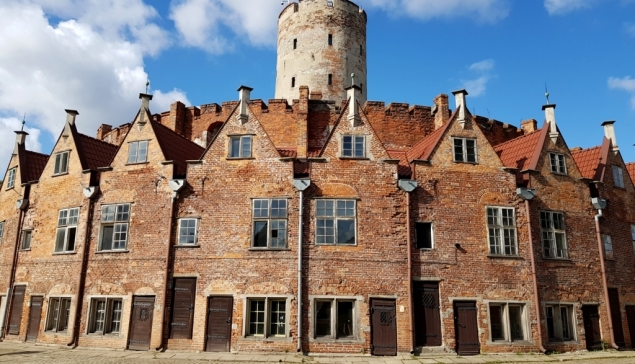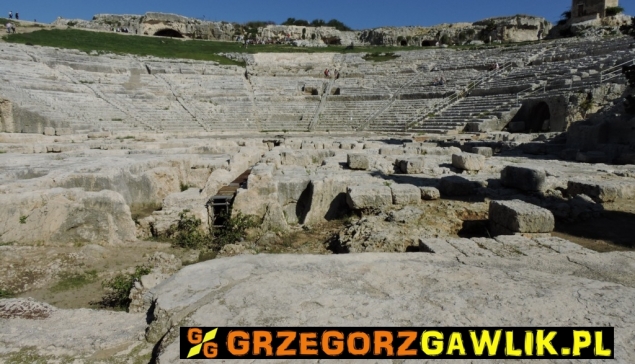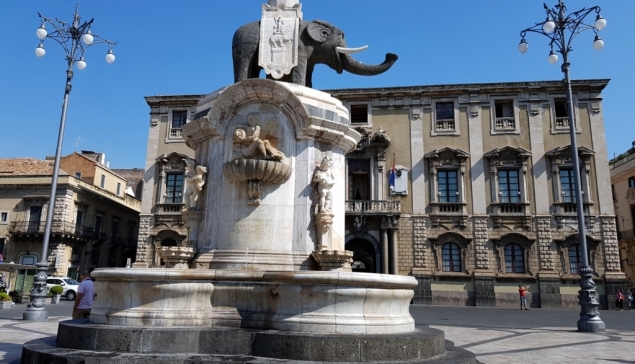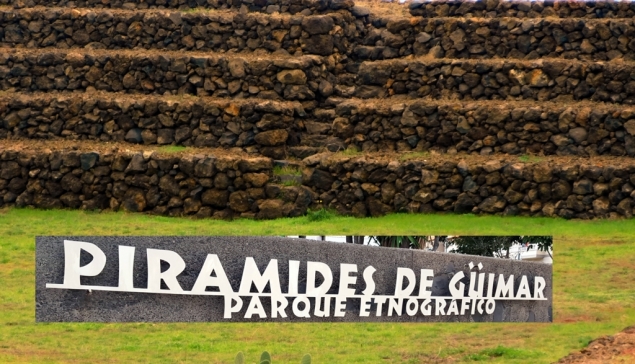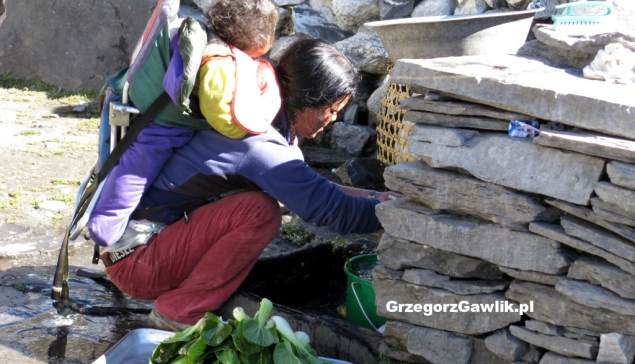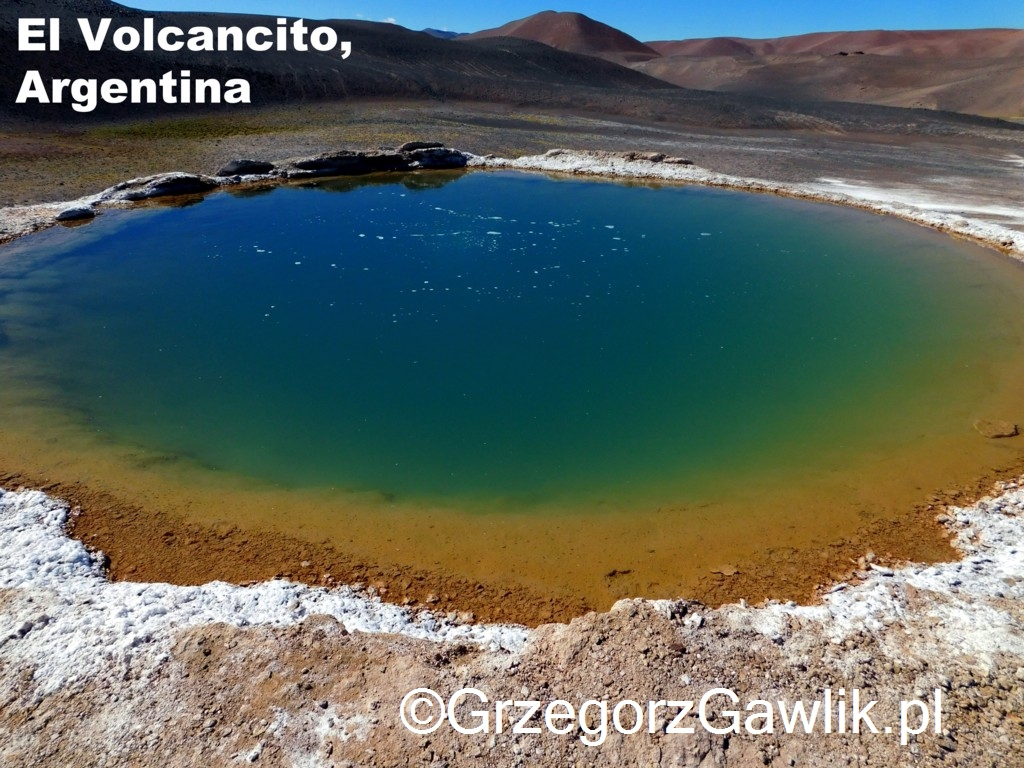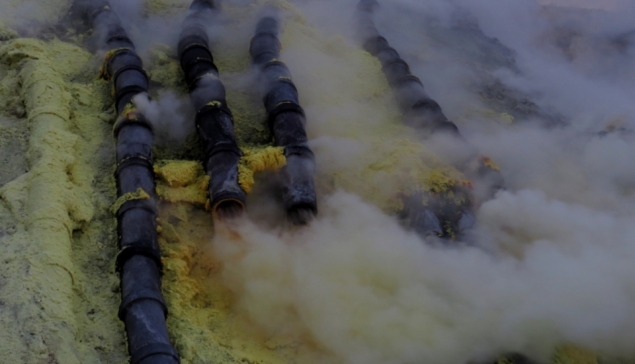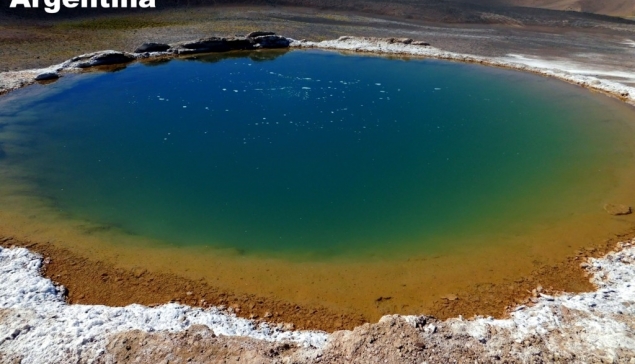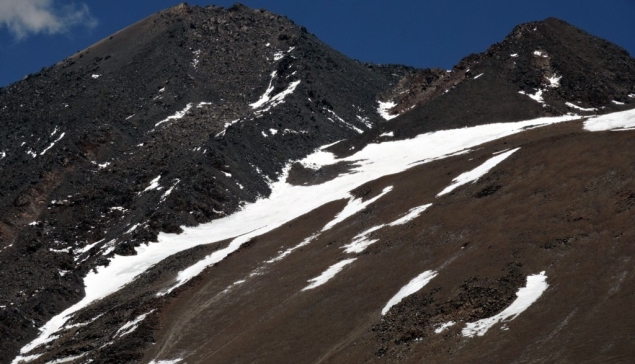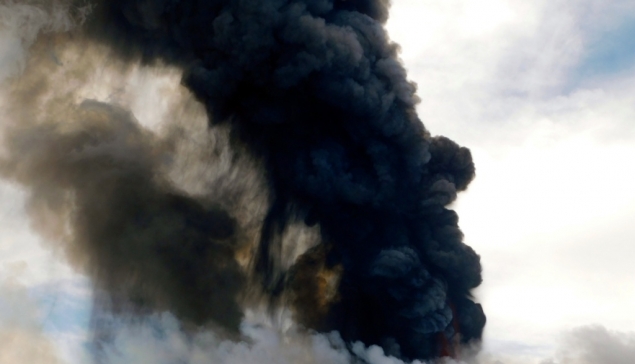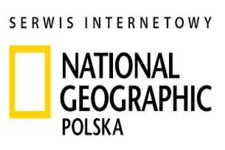Sporting, exploration and scientific successes of EXPEDITION 2015/2016. Mountains and volcanoes. All alone, without the support and communication, often on individually chosen tracks.
1) 6962m - Aconcagua - 12/18/2015 - Andes - the highest mountain in South America and Argentina, in difficult winter conditions, through the Valley of Horcones - acclimatization before climbing the volcanoes.
Planned overnight stay at 6300m on Aconcagua massif had not taken place for years possibly, as everyone decides to spend the night at lower altitudes.
2) 6896m - inactive (dormant) volcano Ojos del Salado, Puna de Atacama (Andes) - the highest volcano in the world, the second highest mountain of the Andes, the highest mountain in Chile:
12/29/2015 - Chilean summit
01/01/2016 - Argentinean summit
01/03/2016 - Argentinean summit and overnight stay at 6820m
● Exploration of volcanoes Ojos del Salado and Lllullaillaco, including getting on the geothermal field in the massif of the volcano Ojos approx. 6500m, helped get the proof, that the highest active volcano of the world is Llullaillaco, not Ojos del Salado. hiking in the massif of volcano Ojos del Salado, both in Argentina and Chile. Finding in the 6 lakes on the heights of 6350 - 6510m (5 Argentinian side, 1 on the side of Chile). Three of them are on a greater height than was previously considered to be the highest located - on 6395m. These three lakes situated above, are located on the heights: 6415m, 6460m, 6510m. All are in massif of Ojos del Salado. Lake at 6460 m(Chilean side) is powered not only from the glaciers and precipitation, but also the thermal waters of the geothermal field.
● Exploration of Ojos del Salado and Lllullaillaco volcanoes, including reaching the geothermal field in the massif of Ojos at approx. 6500m, helped obtain the proof that that the highest active volcano of the world is Llullaillaco, not Ojos del Salado. Hiking in the massif of Ojos del Salado, both in Argentina and Chile. Finding 6 lakes at the heights of 6350 - 6510m (5 at the Argentinian side, 1 at the Chilean side). Three of them are at an altitude greater than the lake that was previously considered to be the highest – at 6395m. These three lakes are located at altitudes of 6415m, 6460m and 6510m. All can be found in the massif of Ojos del Salado. Lake at 6460 m (Chilean side) is powered not only by glaciers and precipitation, but also by thermal waters of a geothermal field. More information is: Volcano Ojos del Salado - the highest situated lakes in the world. Video: Ojos del Salado.
● Hiking and observations of the largest glaciers in the Ojos del Salado massif.
Argentinian summit of Ojos del Salado is conquered very rarely, and sporadically alone. The fact that I reached it twice within three days is unique (reaching the summit 3 times within 6 days is also quite an achievement). Deliberate, not emergency overnight stay at an altitude of 6820m belongs to sleeping records in South America and outside of Asia (at least in recent years). Reaching the geothermal field at approx. 6460-6500m (probably the highest in the world). Almost no one was there before me.
Determining Ojos del Salado to be not active, dormant at best, and getting to 6 highest lakes in the world on both sides of the border (no one previously did it), as well as the discovery of a new uppermost lake in the world - are significant achievements on an international scale.
Almost no one walked up to the biggest glaciers in the massif of Ojos del Salado and seen them closely, both on Argentinian and Chilean side. Their cover is diminishing.
3) 6800 m - extinct Pissis volcano, Puna de Atacama (Andes), Argentina - the second highest volcano in the world, the third mountain of the Andes:
01/18/2016 - Pissis 1 summit - 6800 m, descent in a snowstorm,
01/19/2016 - Upame summit - 6799 m (Pissis 2), in a snowstorm,
01/19/2016 - Ejercito Argentino (Pissis 3), two summits: 6795 m and 6792 m, in a snowstorm,
● hiking on the largest glacier of this part of the Andes and on the plateau of the Puna de Atacama (one of the driest places on Earth) - Glaciar de los Argentinos.
The Pissis volcano is climbed by zero to over a dozen of people a year. This number may be higher but it's hard to verify because no statistics are available. According to the notebook found on the top of Pissis, I was the first person to reach it in 2016.
Supposedly, from the moment the volcano was first climbed by the Poles in 1937, until 1985 (according to another version, until 1994) no one managed to reach the top (lack of proper roads). Climbing the Pissis alone is extremely rare, so it was a big success. Managed to climb the three highest summits of Pissis, alone, mostly through individually chosen tracks, in two days, is probably only such achievement in the history of climbing the Pissis volcano. Pissis 2 and 3(two summits) are practically not climbed. Probably no Poles have climbed them before.
Very few people have walked on the largest glacier in this part of the Andes - de los Argentinos.
4) 6755m - active Llullaillaco volcano, Puna de Atacama (the Andes), Chile/Argentina - the highest active and the fourth-highest volcano in the world; according to different versions the 5th-7th mountain of the Andes (most probably the 6th), the highest archaeological site in the world (Inca):
01/09/2016 - main summit 6755m
01/09/2016 - 6580m summit
● hiking on the largest glacier of Llullaillaco massif on the Chilean side.
Climbing successes, including volcanic research and discovery of the highest lakes: in a little over than a month the three highest mountains in South America and the Llullaillaco volcano – 3th or 4th volcano of the world, 5th, 6th or 7th mountain of South America (with the additional peak of 6580m). All of this included reaching the top of Ojos del Salado, the second mountain of South America, three times - two times from the Argentinian side, and overnight stay at 6820m. Apart from that, reaching the three highest peaks of the third top - Pissis - including traverse of the de los Argentinos glacier. This is an unprecedented success, achieved alone and in great style.
5) 5629m - inactive volcano Pico de Orizaba - 02/11/2016 - Volcanic Cordillera, Mexico - the highest volcano and third mountain in North America, Mexico's highest mountain, climbing through Mexico largest glacier - Gran Glaciar Norte.
I managed to climb the two highest volcanoes in North America, alone, in 5 days, which makes it an unprecedented event.
6) 5424m - the active volcano Popocatepetl - 02/09/2016 - Volcanic Cordillera, Mexico, in the phase of eruption - one of the most active and the second highest volcano in North America, the fifth mountain of the continent. Hike through the remnants of the second largest glacier in Mexico. Video: Popocatepetl.
The Popocatepetl volcano is climbed sporadically, usually during quieter phases of volcanic activity. I have not found any information on Poles having ever reached it, just like with Pissis 2 and 3. In addition, climbing the top alone, in such a style, with the volcano being in an eruption phase, is a big success.
7) 5420-5390m - extinct Caldera del Inca Pillo (Corona del Inca) - 01/24/2016 - Puna de Atacama (Andes), Argentina - the world's highest caldera lake (water level approx. 5200m).
Getting to the El Volcancito and Caldera Inca Pillo does not happen very often and is extremely rarely achieved by non-Argentinians or non-Chileans.
8) 4621m - extinct volcano Sierra Negra- 02/12/2016 - Volcanic Cordillera, Mexico - the fifth highest mountain of Mexico with the world's largest millimeter telescope on the top.
Besides scientists and telescope workers, people rarely visit the summit of Sierra Negra.
9) 4336m - observations of the active Sangay volcano, 5230m, from an unnamed summit - 01/31/2016 – the Andes, Ecuador.
Few people outside of Ecuador could see the Sangay volcano so close.
10) approx. 4200m - El Volcancito - 01/23/2016 - Puna de Atacama (Andes), Argentina - mineral spring in the shape of a volcanic cone (approx. 7m height).
11) 2847m - active volcano Villarrica - 11/24/2015, Patagonia (Andes), Chile - one of the most active in South America, in difficult winter conditions + cave and lava fields.
Since the eruption in March 2015, the Villarrica volcano had been closed. It was opened about a week before my arrival. I was the first person to climb the top in many months. Moreover, as an exception, I got a permission for individual climbing, without the need to travel with an organized group, which is normally mandatory.
12) 2800m - active volcano Paricutin - 02/17/2016 - Volcanic Cordillera, Mexico + lava fields and and villages destroyed by the volcano.
One of the youngest volcanoes in the world and one of the most famous volcanoes of the twentieth century.
13) about 2600m - extinct craters and crater lakes Aljojuca and San Miguel Tecuitlapa - 02/12/2016 - Volcanic Cordillera, Mexico.
Few people outside Mexico have seen it.
14) 2530-1620m - active Yellowstone Supervolcano - to 2805m - 02/28/ - 03/02 2016 - Yellowstone Caldera, USA, in winter conditions - the fields of geysers, geothermal fields, fumaroles and solfataras, caldera, volcanic rocks, canyons, waterfalls. Video: Old Faithful geyser.
In winter Yellowstone is practically not visited by tourists from outside the US. I'm in this small group who had the possibility to see the park at this time.
15) approx. 1910-1780m - inactive Craters of the Moon - 02/27/2016 - Snake River plateau, USA, in the winter condition - a series of dormant volcanic cones and huge lava field.
Hiking the Craters of the Moon in winter by someone from outside the US does not happen often.
16) 1800-1500m - observation of a very active volcano - Colima 3800m, from villages: Guzman, Colima, San Antonio and La Yerbabuena - 02/14-16/2016 - Volcanic Cordillera, Mexico.
Not many people outside of Mexico had the opportunity to see Colima Volcano from both sides.
17) 1150-800m - observation of an active volcano St. Helens 2549m from the southern and northern side - 02/25-26/2016 - Cascade Mountains (Cordillera), USA, in winter conditions + volcanic Ape Cave (4000m) - the longest in continental America and the third in North America.
Observations of St. Helens volcano conducted by a foreigner in winter are rare.
18) 510m - extinct volcano Terevaka - 11/29/2015 - Easter Island, Chile - the youngest and highest volcano on the island, a shield volcano, + a volcanic cave, lava fields + volcanic moai statues.
19) 365m - extinct volcano Poike - 12/01/2015 - Easter Island, Chile, a shield volcano.
20) 324m - extinct volcano Rano Kau - twice: 11/28/ and 12/03/ 2015 - Easter Island, Chile, a shield volcano.
21) 280m - extinct volcano Tuutapu - 29/11/2015 - Easter Island, Chile.
22) about 250m - Ginkgo - petrified forest in the lava field - 03/03/2016 - near Wanapum reservoir on the Columbia River in Washington State, USA.
One of the finest examples of petrified forest on Earth.
23) approx. 150m - the crater of an extinct volcano Ranu Raraku and moai statues (carved from volcanic tuff) - 12/01/2015 - Easter Island, Chile.
Very few people have visited all the major volcanoes of the Easter Island.
24) also lots of things of lower significance.
THE 100 VOLCANOES PROJECT - expedition 2015/2016 to North and South America - the highest volcanoes. After the expedition to the Americas 2015/2016 - the main table of the project was filled in with 10 volcanoes, with overall of 18 conquered (chronologically: Villarrica, Terevaka, Ojos del Salado, Llullaillaco, Pissis, Popocatepetl, Pico de Orizaba, Paricutin, Craters of the Moon, Yellowstone) and the table is currently as follows: 49 volcanoes, including 32 active. The auxiliary table was filled with the following eight volcanoes: Caldera del Inca Pillo, Sierra Negra, Aljojuca, San Miguel Tecuitlapa, Poike, Rano Kau, Tuutapu, Ranu Raraku. Auxiliary table includes other volcanic places and less important volcanoes, was filled in with 23 items and at present contains a total of 91 (including 15 less important volcanoes). The highest peak of the expedition was Aconcagua (6962m) which is not a volcano but a lot of volcanic rock and sulphur can be found in its massif.
Achieving so much in 112 days on three continents is also a no mean feat. I have no doubt that no one has done anything like this before me, has not come up with an idea of such a trip. Very detailed, busy and precise schedule has been 100% completed, and even more - I added some things, with a titanic effort.
And a detail that makes the difference - lonely exploration and climbing, without support and without communication, often on individually chosen tracks, and in the "rally" speed.
After so many years of traveling I am able to be objective in the assessment of what I did. I am very demanding and critical with myself. I rarely show off, even if I have good reasons. But this time, without false modesty I can admit that this climbing-adventure-exploration expedition, in terms of achievements, was one of the most outstanding Polish expeditions of the last decades. THE 100 VOLCANOES PROJECT is unique in the world. A Pole can do it!
If you can share any interesting information, please contact me: Ten adres pocztowy jest chroniony przed spamowaniem. Aby go zobaczyć, konieczne jest włączenie w przeglądarce obsługi JavaScript. .
GRZEGORZ GAWLIK
More Information about The PROJECT 100 VOLCANOES - Grzegorz (Gregory) Gawlik can be found HERE.
More Information about: PROJECT 100 VOLCANOES - expedition 2015/2016 - The highest volcanoes in the world and not only - is HERE.
- The pictures in the gallery below show:
- 1-7) Aconcagua 6962 m, Andes, Argentina.
- 8-23) volcano Ojos del Salado 6896m, Chile, Argentina, including the highest lakes in the world, glaciers and geothermal field at almost 6500m.
- 24-26) 6755m volcano Llullaillaco, Chile / Argentina.
- 27-32) alpine plateau Puna de Atacma, Chile and Argentina.
- 33-39) volcano Pissis 6800m, Argentina, including the largest glacier of Pissis and penitentes.
- 40) Puna de Atacama in Argentina, the southern part.
- 41) El Volcancito spring, Puna de Atacama, Argentina.
- 42-45) lake and caldera - del Inca Pillo, Argentina.
- 46) goat cheese from the farmers of the Puna de Atacama, Chile.
- 47-50) volcano Sangay and Sangay National Park, Ecuador.
- 51-55) volcano Popocatepetl 5424m, Mexico.
- 56-58) volcano Pico de Orizaba 5629m, Mexico.
- 59) Sierra Negra volcano 4621m, Mexico.
- 60) traditional warehouses for corn, Mexico.
- 61) crater Aljojuca, Mexico.
- 62) crater San Miguel Tecuitlapa, Mexico.
- 63-64) volcano of Colima, Mexico.
- 65-68) volcano Villarrica 2847m, Chile.
- 69-70) volcano Paricutin 2800m, Mexico.
- 71-72) volcano St. Helens, USA.
- 73) Ape Cave, near the volcano St. Helens, USA.
- 74-75) Craters of the Moon, USA.
- 76-77) Gingko - petrified forest, USA.
- 78-92) caldera (supervolcano) Yellowstone and Yellowstone National Park, USA.
- 93-99), Easter Island (Rapa Nui) - volcanoes and moai statues, Chile.
- 100) Puna de Atacama near Laguna Santa Rosa, Chile.
- 101) Thank You for expedition partners.
Error



